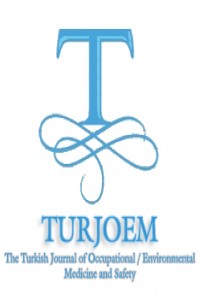Abstract
Necrophagous
flies are typically the first to reach and colonize the dead body within
minutes of death. Adult females begin to lay eggs immediately (oviposit) or
deposit first-instar larvae (larviposit) or adults feed on various protein rich
fluids seeping from the body and then begin to oviposit. So these flies and
especially their larvae can be valuable as a source of information about the
poisoning or drug consumption of a victim. The major interest of
entomotoxicology is the determination of drug abuse just before death,
especially in skeletonised remains where no tissue or fluids are left such as
blood, urine or internal organs are no longer available. In the cases where
sufficient hair is not present, then arthropods may contain some of the drug or
poison and it can be extracted from the body of the fly (particularly larvae)
and identified by modern instrumental techniques. So many toxicants (heavy
metals and pesticides) and drugs (illegal drugs and medicines) and their
metabolites have been tested with various analytic procedures. Until now in
many researches, different growth stages of necrophagous diptera species were
determined mainly Lucilia sericata, Calliphora vicina, Chrysomya megacephala,
Chyr. ruffifacies, then Chyr. albiceps, Chyr. putoria, C. vomitoria, C. dubia,
C. stygia, Cochliomyia macellaria, Phormia regina, Protophormia terraenovae
(Calliphoridae); Parasarcophaga (Liopygia) ruficornis, Boettcherisca peregrina
and Sarcophaga (Liosarcophaga) tibialis (Sarcophagidae); Musca domestica
(Muscidae); Megaselia scalaris (Phoridae) and Piophila casei (Piophilidae) as
indicators of some toxicants and drugs.
References
- Gamze PEKBEY
- Bozok University, Faculty of Agriculture and Natural Sciences, Department of Plant Protection, 66200 Yozgat, Turkey
Abstract
References
- Gamze PEKBEY
- Bozok University, Faculty of Agriculture and Natural Sciences, Department of Plant Protection, 66200 Yozgat, Turkey
Details
| Journal Section | Articles |
|---|---|
| Authors | |
| Publication Date | February 16, 2017 |
| Published in Issue | Year 2017 Volume: Volume 2 Issue: İssue 1 (1) - 2.İnternational Congress Of Forensic Toxicology |


